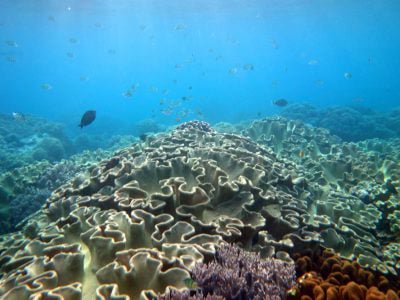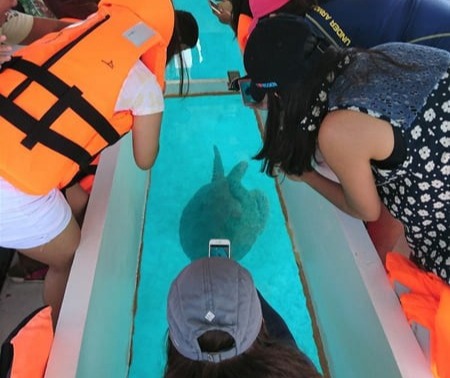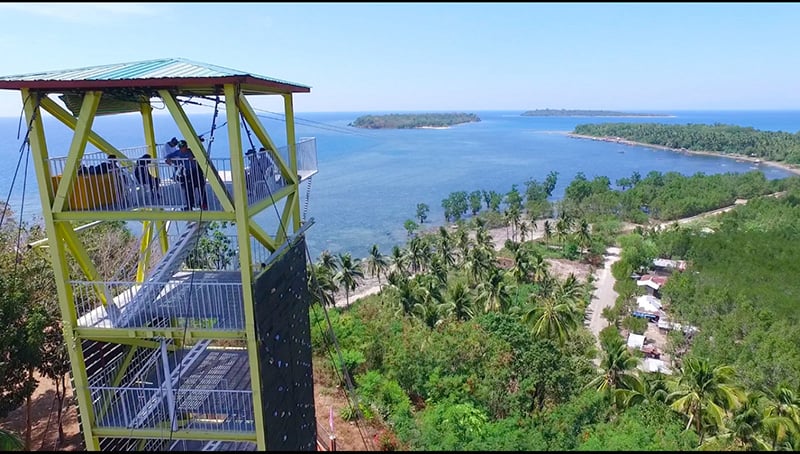Barangays > Poblacion

|
Brief History |
This place which was then the center of the municipality of Sablayan was first mentioned in the old documents of the Spaniards, in 1779. It was mentioned as a community of the Mangyans, the indigenous people of Mindoro. However, when the farmers from the island of Panay and the province of Cavite arrived, the indigenous people transferred to the mountains.
In 1829, it was indicated in an old map drawn by a Spanish missionary that the persons living in this place have two cannons which they used in fighting the Moro pirates.
In 1832, the missionary friar assigned in this community requested the governor general that the people in this community be exempted from paying taxes for two or three years since they were building the church, convent and fort. It was presumed that the request was granted for the cannons of fort were still on the hill where the weapons were installed and the old church was repaired by the Catholic faithful and is still being used at present.
That same year, in a written complaint against a priest which was sent by the people to the head of the Spanish government, the names of those who served as cabeza de barangay of this community were mentioned. They were Josef Leonardo, Agustin del Rosario, Eusebio de Leon, Leocario Manuel, Ignacio Carpio, Juan Salvador, Vicente Salvador, Juan Solit, Estanislao dela Cruz and Remegio Valenciano.
In one part of the autobiography of Gen. Emilio Aguinaldo he mentioned that he exchanged goods with the people of Sablayan. Once when they went to this community the general recalled: when we arrived in Sablayan, my brother Benigno was left there to buy ‘nigeng pandampol’, rattan and ‘diliman’ used in fish corrals and beeswax used for lighting the saints in towns.
When the Filipinos revolted against the Spaniards in 1896, a group of revolutionaries was formed in this place by Capitan Pedro Fernandez, the capitan del pueblo of Sablayan. His group arrested Fr. Pedro Vicente, the Spanish friar who was assigned to this community during that time. The said priest, together with the other Spanish friars in West Mindoro was imprisoned in Taysan, Batangas and was only released when the Americans occupied the Philippines.
In 1901, during the American regime, this place was made as a barrio of Mamburao. After a year, the community was made as the center of the municipality of Sablayan which was created by virtue of Act 1280 of the Philippine Commission. The municipal building of the town was constructed in this place.
In 1955, Fr. Albert Cook, SVD opened in the Poblacion a kindergarten and high school. The school grew rapidly under the management of his successor, Fr. Luis Halasz, SVD. At present, it is called Colegio de San Sebastian.
When Hon. Leoncio Ordenes served as mayor of Sablayan, he constructed a new municipal building for the local government at the adjacent barangay of Buenavista.
During the term of office of Mayor Loreto Urieta, a concrete pier was constructed in Poblacion. A hospital was built by the Catholic Church in this place. At present, the said hospital is under he management of the religious sisters who are members of the Dominican Sisters of Sienna.







